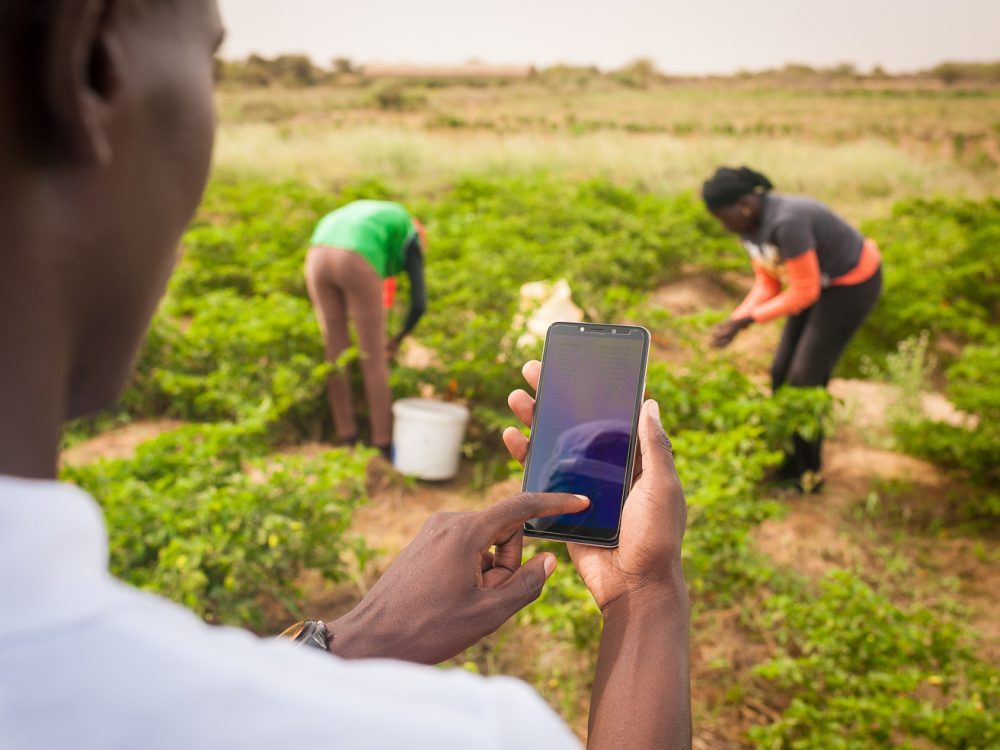Open Data, Open Knowledge, Open Solutions: Possibilities and Pitfalls’
A panel discussion on “Open Data, Open Knowledge, Open Solutions,” hosted by the World Bank Institute on September 22, served as a platform for participants to discuss the multifaceted dimensions of open data in international development. It focused on global interconnectedness, free information flows, new technologies, and greater openness. Panelists explored different avenues to further empower individuals and to create new solutions to global development challenges.
In her opening remarks, Caroline Anstey, Managing Director of the World Bank highlighted the Open Data and Mapping for Results initiatives as examples of the push towards democratization of knowledge. She referred to technology tools as a key way to acquire input from aid beneficiaries, leading to greater transparency and accountability. Ms. Anstey challenged the panelists to think of the innovative ways to make the World Bank’s open data fully interactive and to gather insights from the beneficiaries on what works in development.
Some of the key ideas voiced at the discussion included the need to foster citizens’ capacity to provide feedback, a better South-South and South-North knowledge exchange, an improved awareness of people’s rights and entitlements, and a greater role of intermediaries in facilitating traditional advocacy efforts. Much of the discussion focused on the global trends in public data and future means to include multiple stakeholders in the process. Sanjay Pradhan, Director of the World Bank Institute, for example, underscored the need for multilateral efforts towards open data and for national governments to open up their budget information.
Jean-Louis Sarbib, CEO of Development Gateway, discussed the ongoing transformation of technology tools available to development practitioners. In his remarks, Mr. Sarbib highlighted the need to empower beneficiaries and to experiment with tools to obtain their feedback. As an example of such an effort, Mr. Sarbib highlighted a crowdsourcing initiative of AidData, the World Bank Institute, UNICEF and Ushahidi in Uganda. As part of this project, Mr. Sarbib noted, randomized controlled trials are being used along with different channels of information to determine the key factors that influence people’s decisions to provide feedback. Mr. Sarbib concluded by emphasizing the importance of creative ideas in development and the key role of the World Bank in disseminating such ideas.
Share This Post
Related from our library

Introducing The HackCorruption Civic Tech Tools Repository
Introducing the Civic Tech Tools Repository: an open-source hub of digital solutions to fight corruption. Designed for growth through GitHub contributions, it brings together tools, code, and resources across six key areas for HackCorruption teams and beyond.

Building a Sustainable Cashew Sector in West Africa Through Data and Collaboration
Cashew-IN project came to an end in August 2024 after four years of working with government agencies, producers, traders, processors, and development partners in the five implementing countries to co-create an online tool aimed to inform, support, promote, and strengthen Africa’s cashew industry. This blog outlines some of the key project highlights, including some of the challenges we faced, lessons learned, success stories, and identified opportunities for a more competitive cashew sector in West Africa.

Digital Transformation for Public Value: Development Gateway’s Insights from Agriculture & Open Contracting
In today’s fast-evolving world, governments and public organizations are under more pressure than ever before to deliver efficient, transparent services that align with public expectations. In this blog, we delve into the key concepts behind digital transformation and how it can enhance public value by promoting transparency, informing policy, and supporting evidence-based decision-making.